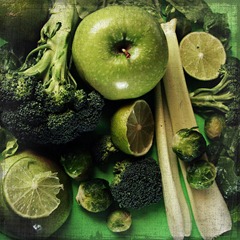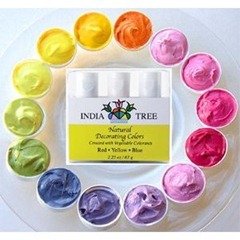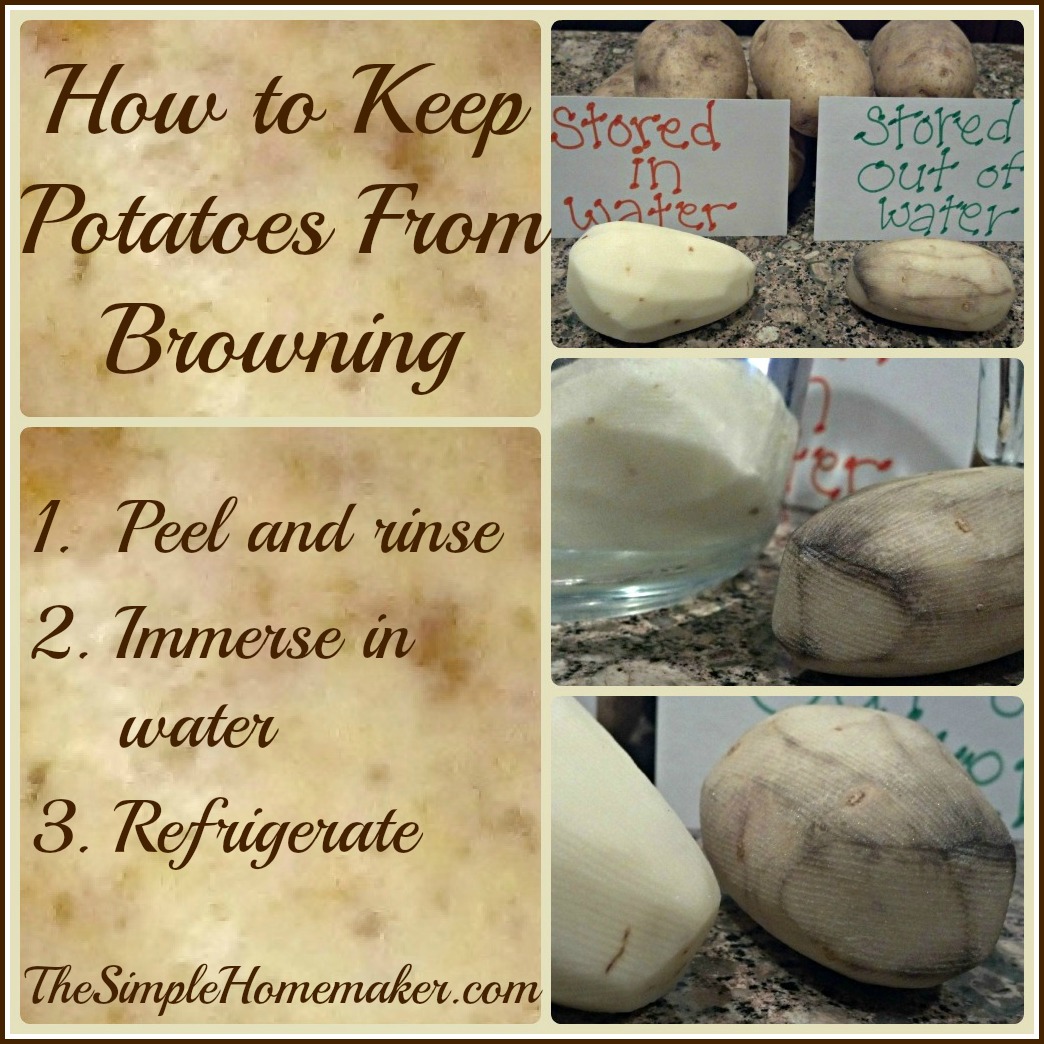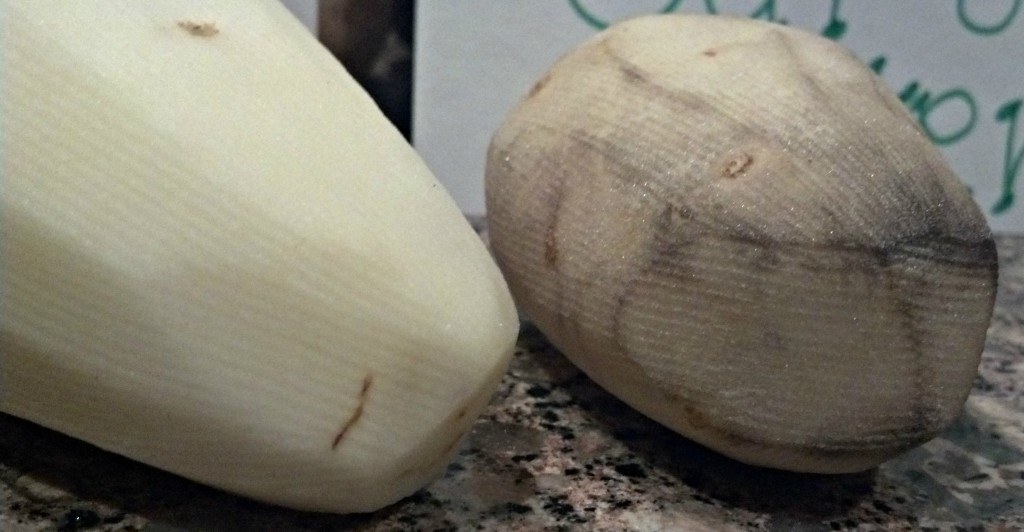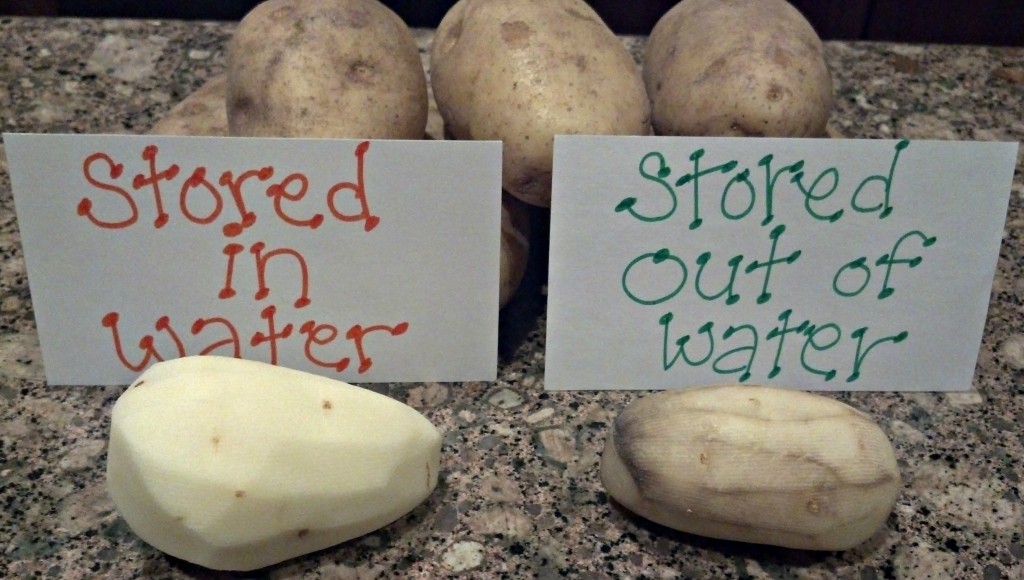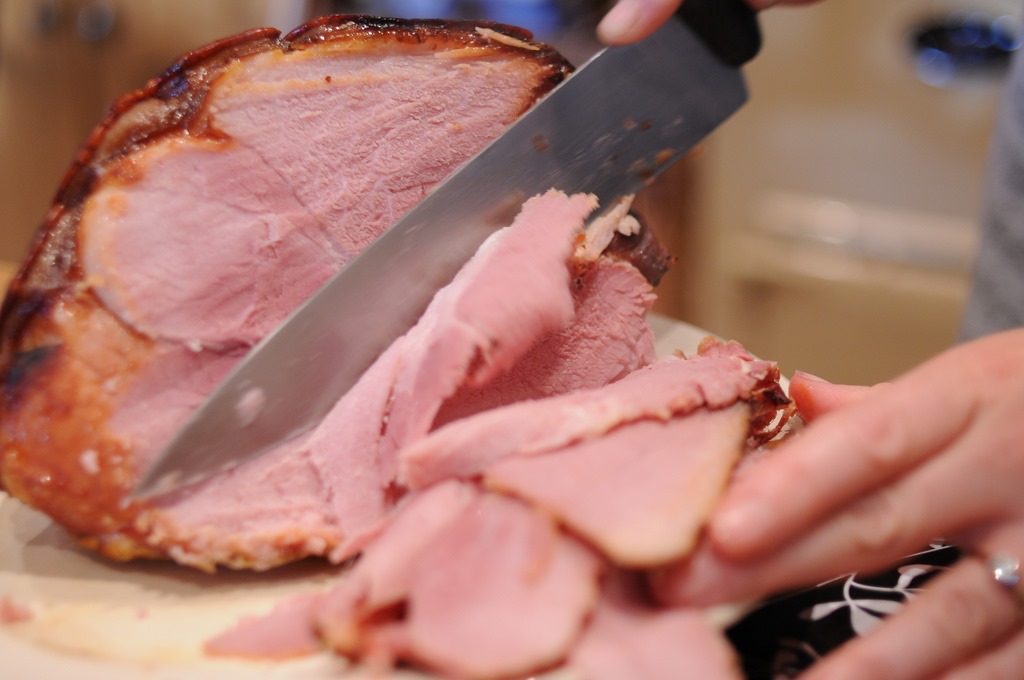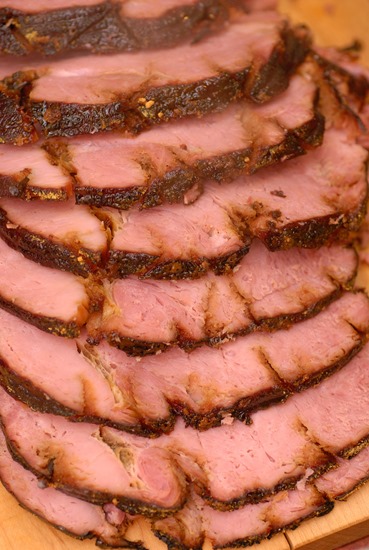Despite all the books and blogs and plans to keep Christ in Christmas, it makes the most sense to me to get back to the original story and engrave that in our children’s hearts.
I was in fifth grade when I memorized the Christmas story, and I can still recite it today. My recitation ability is not a free pass into heaven (Jesus did that.), but it does keep the truth of Christmas close to my heart throughout the year and the years.
If you help your children learn the Christmas story, they will remember it almost word for word for the rest of their lives. It will be a reminder in their middle years and a comfort in their golden years, and chances are strong that they will teach it to your grandchildren.
Here’s where to find the Christmas story. Open your Bible…or your Bible app.
The birth story is in Luke 2.
The magi story is in Matthew 2.
Select which of the following sections of the story you want your family to memorize, or tackle them all:
Matthew 1:18-25; Matthew 2:1-12; Luke 1:26-38; Luke 2:1-20.
Here are a few tips to help memorize as easily as possible.
10 Tips for Memorizing the Christmas Story
- Break it down into sections or even verses.
- Start early to avoid stressing over Scripture.
- Set it to music. Here’s an example in English Standard Version.
- Make it part of your routine. Read it over before bed, in the morning, after lunch and before naps if you’re lucky enough to get one…I mean if your children still take one.
- Involve the youngest children with a verse or two, if that’s all they can handle. A great one for the littles is “Glory to God in the highest, and on earth peace to men on whom His favor rests.”
- If it seems too overwhelming, give each child a few verses to memorize instead of the whole story, and switch it up next year.
- Have your kids copy the verses down by hand to engage more senses in the memorization process.
- Have family members read the verses into a recording device or find a recorded version and play it back several times a day, reciting along as they can.
- Set a weekly goal with a weekly recitation day.
- Set an ultimate goal of reciting on Christmas Eve or day or reciting for relatives, if that will motivate your child. If that will terrorize them, never mind.
Homeschool Helps:
We made this Scripture Memory Box for our memorization. Check it out on our family’s YouTube channel, YouTube.com/TheTravelBags. (I know it’s confusing. I’m The Simple Homemaker, my husband is Stephen Bautista Music, our second daughter is The Art of Marissa Renee, and together we’re The Travel Bags. There is no quiz.)
Memorization, recitation, and copywork are all effective educational tools. Even spelling lists (which don’t exist in my family) can be swapped out in favor of the Christmas story. Focus those subjects on Luke 2 and Matthew 2 for the next few weeks of school leading up to Christmas.
It’s one of the greatest Christmas gifts you can give to your children.




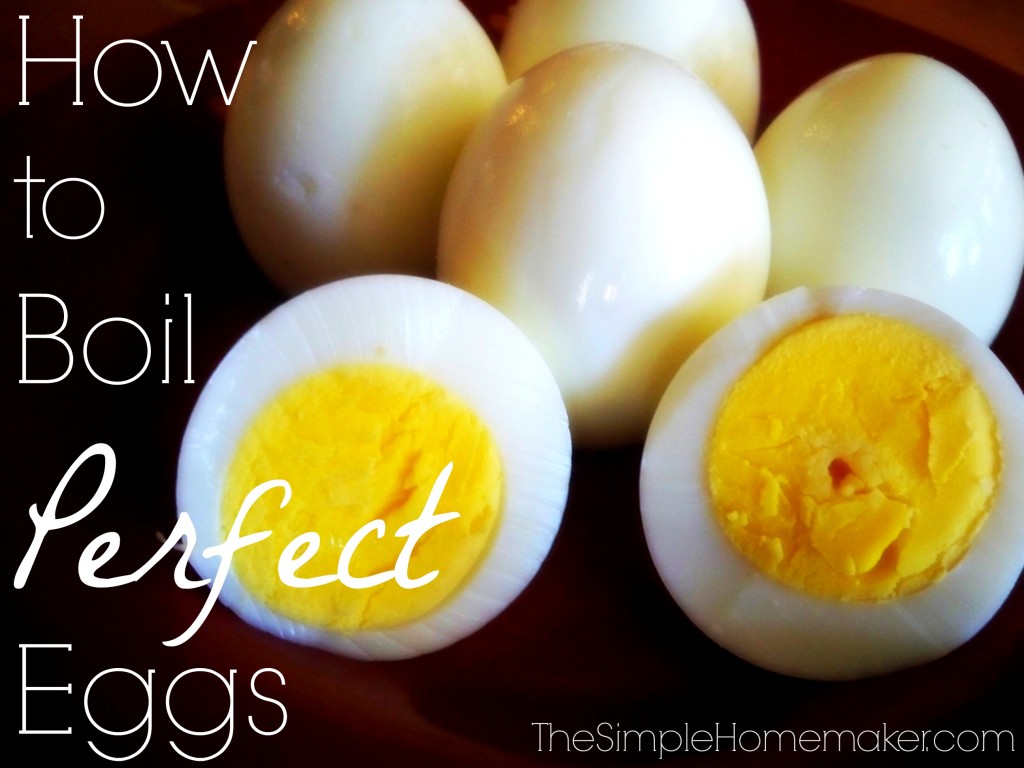
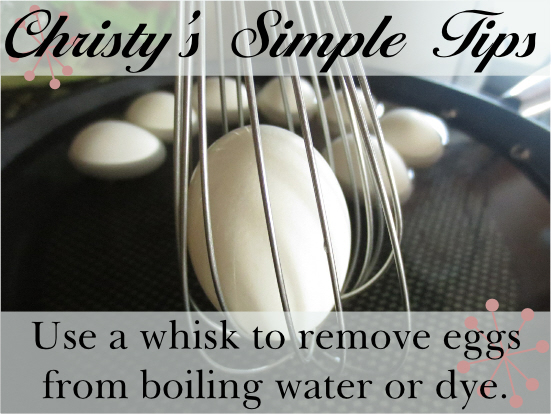

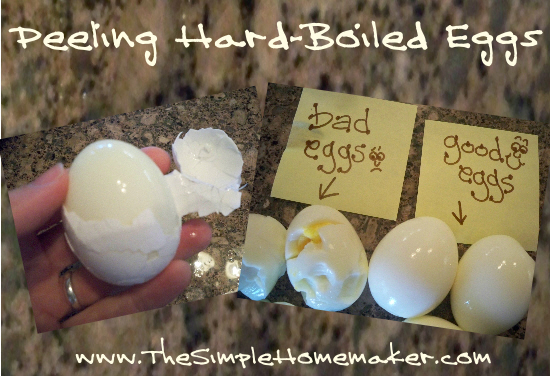

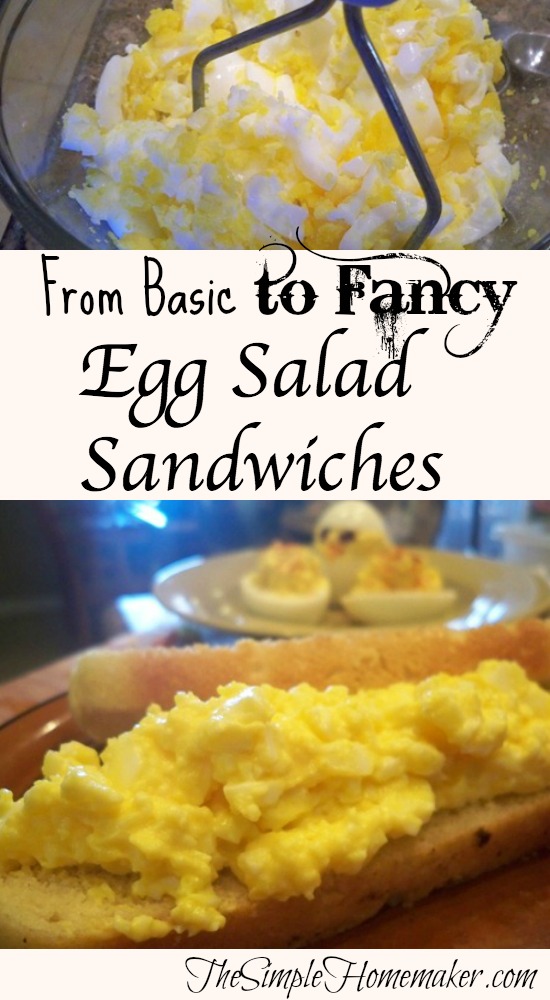

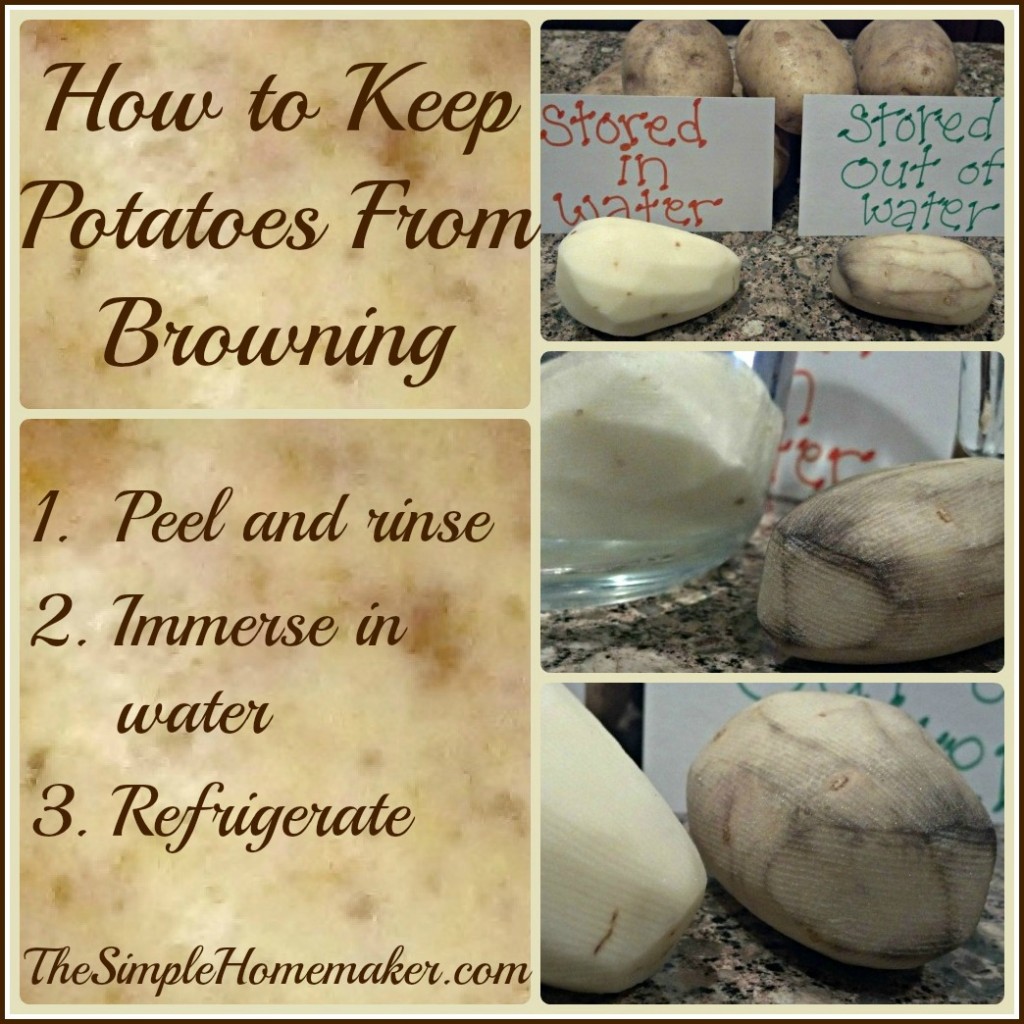




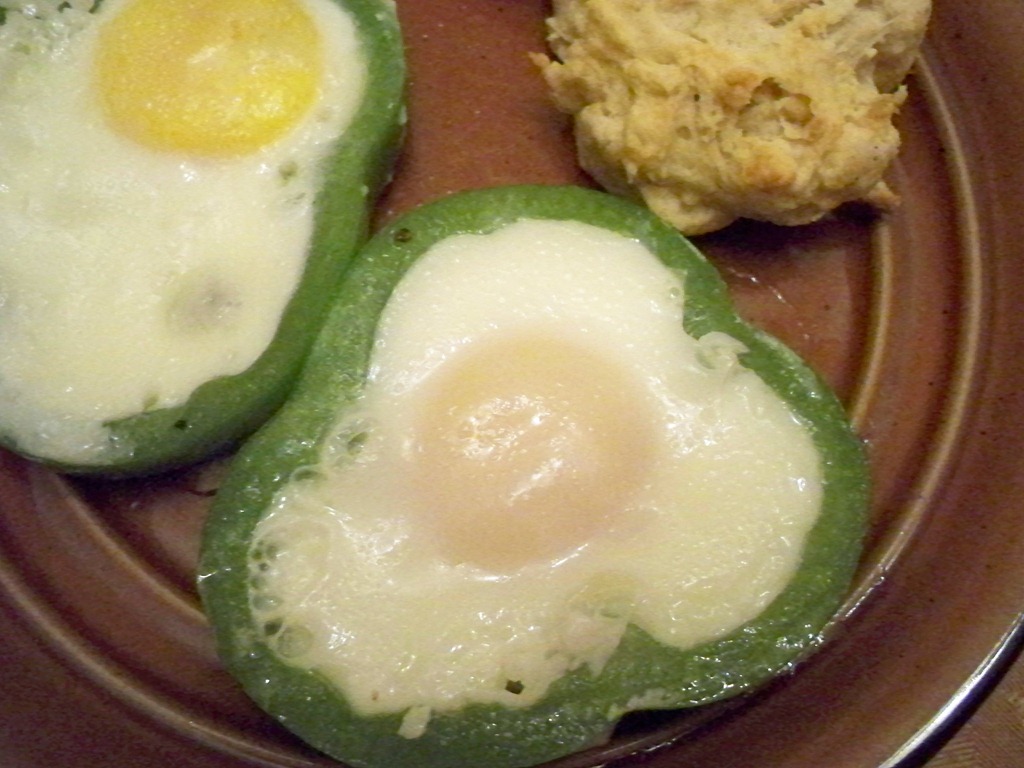
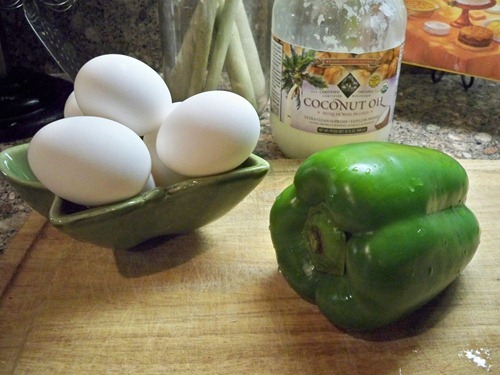
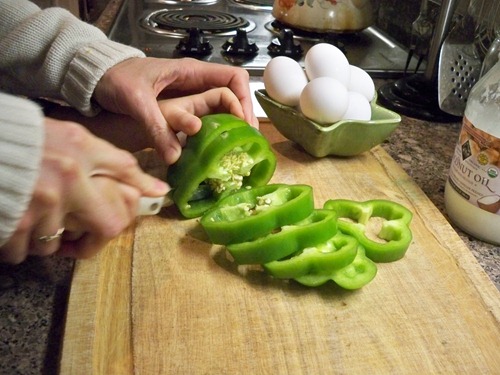
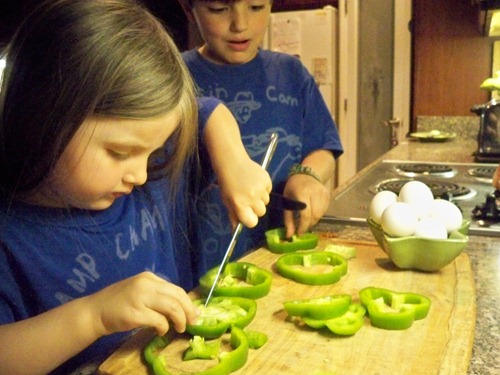
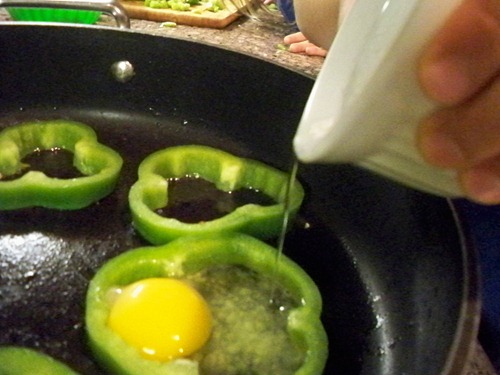
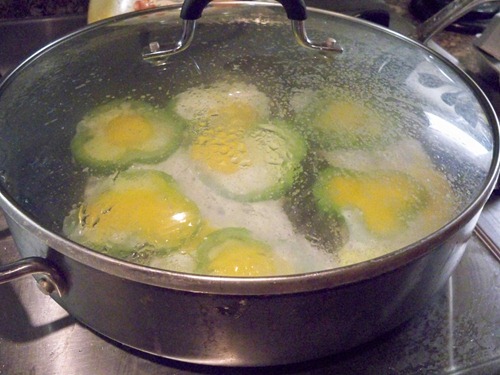
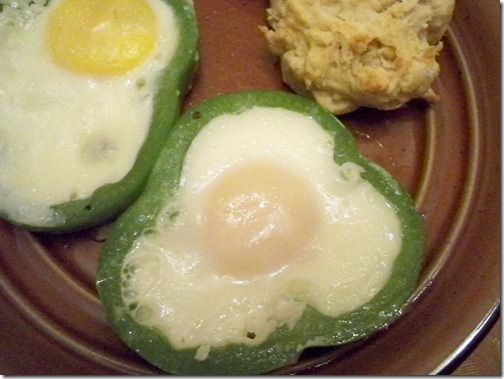


 Mash, process, or otherwise obliterate half an avocado. (Yes, please peel it first.) This will lightly color a cup or two of frosting or a similar white substance. Avocado has an understated flavor, so it won’t dominate the dish. Think of it as a culinary wallflower.
Mash, process, or otherwise obliterate half an avocado. (Yes, please peel it first.) This will lightly color a cup or two of frosting or a similar white substance. Avocado has an understated flavor, so it won’t dominate the dish. Think of it as a culinary wallflower. Puree 1/2 cup of fresh or frozen spinach. Boil it in 4 cups of water and then simmer for several hours. When it is concentrated, strain out the spinach—it’s the liquid you want. Add the concentrate to your recipe. Avocado will work as well.
Puree 1/2 cup of fresh or frozen spinach. Boil it in 4 cups of water and then simmer for several hours. When it is concentrated, strain out the spinach—it’s the liquid you want. Add the concentrate to your recipe. Avocado will work as well. Repeat the process above, but do not strain out the original food. Instead, press it through a sieve or otherwise grind the final result to get it as smooth as possible.
Repeat the process above, but do not strain out the original food. Instead, press it through a sieve or otherwise grind the final result to get it as smooth as possible. Soak pistachios in water. (Don’t use dyed pistachios, but rather those that have opened and greened naturally.) Grind them to make a faintly tinted paste you can add to desserts. Sounds like the makings of pistachio ice cream to me!
Soak pistachios in water. (Don’t use dyed pistachios, but rather those that have opened and greened naturally.) Grind them to make a faintly tinted paste you can add to desserts. Sounds like the makings of pistachio ice cream to me! Sprinkle chlorella, spirulina, or a more suitably flavored green product into the recipe. Might I recommend parsley, especially stale, finely ground parsley?
Sprinkle chlorella, spirulina, or a more suitably flavored green product into the recipe. Might I recommend parsley, especially stale, finely ground parsley? Boil the skins from several red onions in a cup or two of water. Simmer until the water is the color you want. Some people get brown instead of green. Why doesn’t this make red? Good question. You should have your children research that.
Boil the skins from several red onions in a cup or two of water. Simmer until the water is the color you want. Some people get brown instead of green. Why doesn’t this make red? Good question. You should have your children research that. Boil any green food substance in a cup or so of water for 20-30 minutes. Strain it and use the green water in place of the liquid in your recipe. For example, boil broccoli and make rice using the green liquid instead of water or stock.
Boil any green food substance in a cup or so of water for 20-30 minutes. Strain it and use the green water in place of the liquid in your recipe. For example, boil broccoli and make rice using the green liquid instead of water or stock. Make the green liquid as just described. Soak or simmer potato slices or another white absorbent food in the liquid until it is tinted green. (This hasn’t worked for me, but others have had success with it. Salting may encourage a better transfer process.)
Make the green liquid as just described. Soak or simmer potato slices or another white absorbent food in the liquid until it is tinted green. (This hasn’t worked for me, but others have had success with it. Salting may encourage a better transfer process.) If your recipe calls for milk, simmer spinach, avocado, parsley, whatever, in milk until it turns green. Don’t get distracted! Milk burns easily and must be stirred and kept over a low heat.
If your recipe calls for milk, simmer spinach, avocado, parsley, whatever, in milk until it turns green. Don’t get distracted! Milk burns easily and must be stirred and kept over a low heat. Remember kindergarten? Neither do I. But I do remember that yellow and blue make green. Make blue food coloring by boiling red cabbage. Add a 1/4 to 1/2 teaspoon baking soda to turn it from violet to blue. Then add yellow in the form of stale turmeric or saffron…or yellow cake.
Remember kindergarten? Neither do I. But I do remember that yellow and blue make green. Make blue food coloring by boiling red cabbage. Add a 1/4 to 1/2 teaspoon baking soda to turn it from violet to blue. Then add yellow in the form of stale turmeric or saffron…or yellow cake.